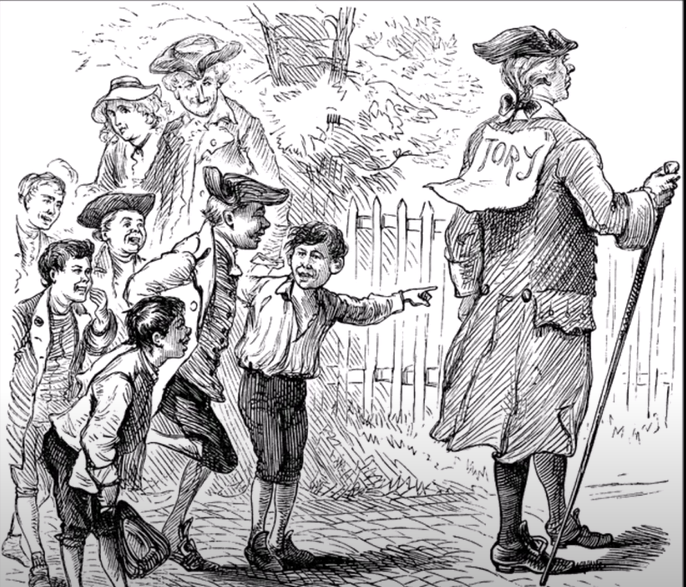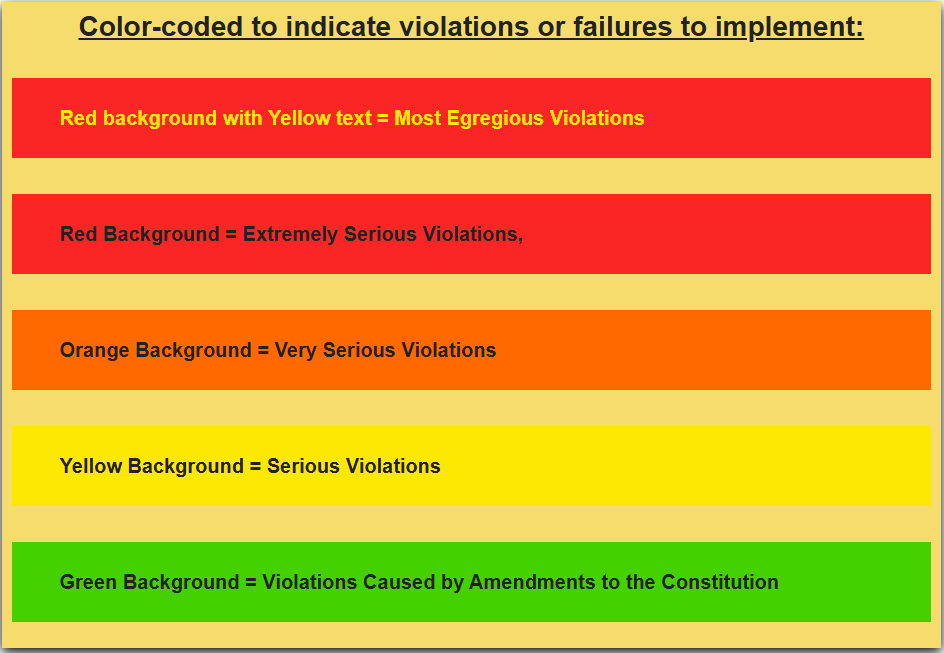
British Context:
The term “Tory” originates from the late 17th century in Britain, initially used as a pejorative term during the Exclusion Crisis (1678–1681) for those who opposed the exclusion of James, Duke of York (later James II), from the throne due to his Catholicism. Tories supported the monarchy, the Church of England, and traditional social orders, often opposing liberal reforms.
Formation of Toryism:
The ideological roots of Toryism lie in the support for the divine right of kings, resistance to radical political change, and support for the established Church of England. This political faction evolved into the Conservative Party in the 19th century.
American Revolution Context:
A series of resolutions passed by the Second Continental Congress in 1776. These resolutions were not a single law but rather a set of legislative actions and recommendations aimed at managing the growing conflict with Great Britain and dealing with those colonists who remained loyal to the British Crown—the Loyalists or “Tories.”
Origin and Issuing Entity: The Tory Acts were issued by the Second Continental Congress, the governing body of the American colonies during the early part of the Revolutionary War. The Congress met in Philadelphia and served as the de facto national government, coordinating the war effort and making diplomatic decisions. The resolutions were a direct result of the escalating conflict and the need for the Patriot leadership to consolidate power and address internal dissent.
The most significant resolutions often referred to as the Tory Acts were passed on January 2, 1776. However, further resolutions and recommendations were issued throughout the year, as the situation with Loyalists continued to evolve.
Key Provisions and Purpose: The resolutions of January 2, 1776, had several key components:
- Disarming Loyalists: The most drastic measure was a recommendation that the colonial governments and local committees of safety “cause all persons to be disarmed within their respective colonies, who are notoriously disaffected to the cause of America, or who have not associated, and shall refuse to associate, to defend by arms the United Colonies.”
- Detention and Surety: For those considered more dangerous, the resolutions recommended that they be “kept in safe custody, or bound with sufficient sureties to their good behavior.” This was intended to prevent them from aiding the British military.
- Encouraging Persuasion: The Congress also expressed a desire to win over “honest and well-meaning, but uninformed people” to the Patriot cause. It recommended that local committees use pamphlets and other materials to inform them about the “origin, nature and extent of the present controversy.”
- Protection for the Accused: A crucial aspect of the resolutions was a safeguard against arbitrary action. It stipulated that no one accused of being a Tory should be harmed in “person or property” unless a proceeding against them was based on an order from the Continental Congress or a legitimate colonial authority.
Significance: The Tory Acts represent a critical step in the American Revolution. They show the Continental Congress moving from a body focused on protesting British policies to one actively consolidating authority and taking measures to suppress opposition within the colonies. These resolutions formalized the Patriot strategy for dealing with Loyalists, which often included intimidation, confiscation of property, and, in some cases, forced exile. They highlight the internal civil conflict that existed alongside the war for independence against Great Britain.During the American Revolution, “Tory” was used interchangeably with “Loyalist” to describe American colonists loyal to Great Britain. The term “Tory Act” in this context might refer to legislative measures or actions taken against Loyalists.



